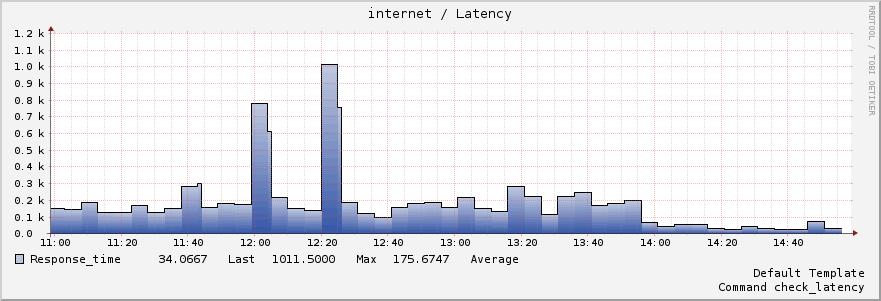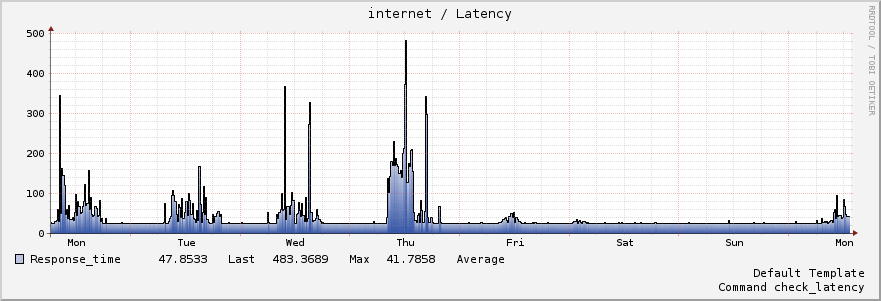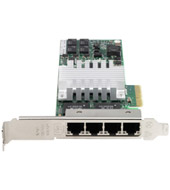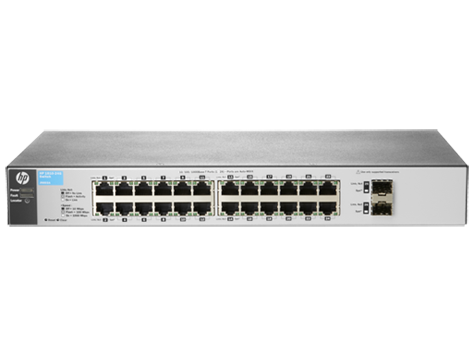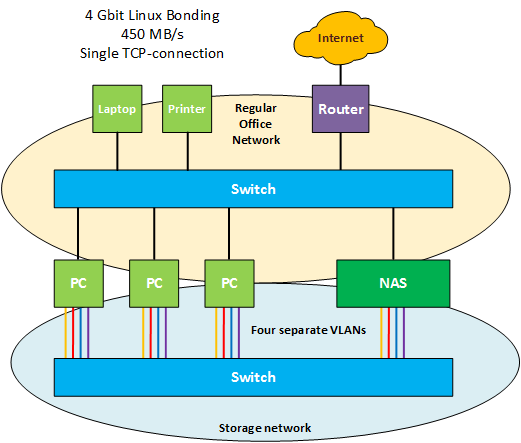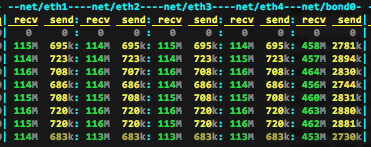TL;DR Yes it works with some modifications of the driver source.
A USB Wi-Fi adapter I used with a Raspberry Pi broke as I dropped it on the floor, so I had to replace it. I just went to a local shop and bought the Sitecom AC600 adapter as that's what they had available (with support for 5Ghz networking).
I had some hope that I would just plug it in and it would 'just work™'. But no. Linux. In the end, the device cost me 30 euro's including taxes, but the time spend to get it to work may have made this a very expensive USB Wi-Fi dongle. And it's funny to think about the fact that the Wi-Fi dongle is almost the same price as the Raspberry Pi board itself.
But I did get it working and I'd like to show you how.
It started with a google for 'sitecom ac600 linux' which landed me on this page. This page told me the device uses a MediaTek chipset (MT7610U).
So you need to download the driver from MediaTek. Here is a direct link
So you may do something like this:
cd /usr/src
wget http://s3.amazonaws.com/mtk.cfs/Downloads/linux/mt7610u_wifi_sta_v3002_dpo_20130916.tar.bz2
tar xjf mt7610u_wifi_sta_v3002_dpo_20130916.tar.bz2
cd mt7610u_wifi_sta_v3002_dpo_20130916
Now you would hope that it's just like this:
make
make install
And we're happy right? Linux FTW! Well, NO! We're using Linux so we have to work for stuff that works right out of the box on Windows and Mac OS.
So we first start with editing "include/os/rt_linux.h" and go to line ~279. There we make sure that we edit the struct like this:
typedef struct _OS_FS_INFO_
{
kuid_t fsuid;
kgid_t fsgid;
mm_segment_t fs;
} OS_FS_INFO;
Basically, the words int are replaced by kuid_t and kgid_t, or else, compilation will abort with an error.
Ofcourse, the Sitecom AC600 has an USB identifier that is unknown to the driver, so after compilation, it still doesn't work.
lsusb output:
Bus 001 Device 004: ID 0df6:0075 Sitecom Europe B.V.
So google landed me on this nice thread by 'praseodym' that explained the remaining steps. I stole the info below from this thread.
So while we are in the source directory of the module, we are going to edit "common/rtusb_dev_id.c" and add
{USB_DEVICE(0x0DF6,0x0075)}, /* MT7610U */
So this will make the AC600 gets recognised by the driver. Now we also need to edit "os/linux/confik.mk" and change these lines like this:
HAS_WPA_SUPPLICANT=y
HAS_NATIVE_WPA_SUPPLICANT_SUPPORT=y
So no, we are still not ready yet. I'm not 100 percent sure that this is required anymore, but I found this nice thread in Italian and a very small comment by 'shoe rat' tucked away at the end that may make the difference between a working device or not.
We need to edit the file "os/linux/config.mk" and go to line ~663. Then, around that line, change
CHIPSET_DAT = 2860
to:
CHIPSET_DAT = 2870
Yes. Finally! Now you can do:
make
make install
Imagine that such a 'make' takes about 20 minutes on a Raspbery Pi. No joke.
Now you can either do this:
modprobe mt7650u_sta
You should see something like this:
root@raspberrypi:/usr/src# lsmod
Module Size Used by
snd_bcm2835 16181 0
snd_pcm 63684 1 snd_bcm2835
snd_page_alloc 3604 1 snd_pcm
snd_seq 43926 0
snd_seq_device 4981 1 snd_seq
snd_timer 15936 2 snd_pcm,snd_seq
snd 44915 5 snd_bcm2835,snd_timer,snd_pcm,snd_seq,snd_seq_device
soundcore 4827 1 snd
mt7650u_sta 895786 1
pl2303 7951 0
usbserial 19536 1 pl2303
You should be able to see a 'ra0' device when entering ifconfig -a or iwconfig and just configure it like any wireless device (out-of-scope).
So once up-and-running, the Sitecom AC600 works fine under Linux and even sees and connects to 5 GHz networks. But not without a caveat of-course. I needed to configure a 5 GHz channel below 100 (I chose 48) on my Apple Airport Extreme, or the Wi-Fi dongle would not see the 5GHz network and would not be able to connect to it.
So I hope somebody else is helped by this information.
